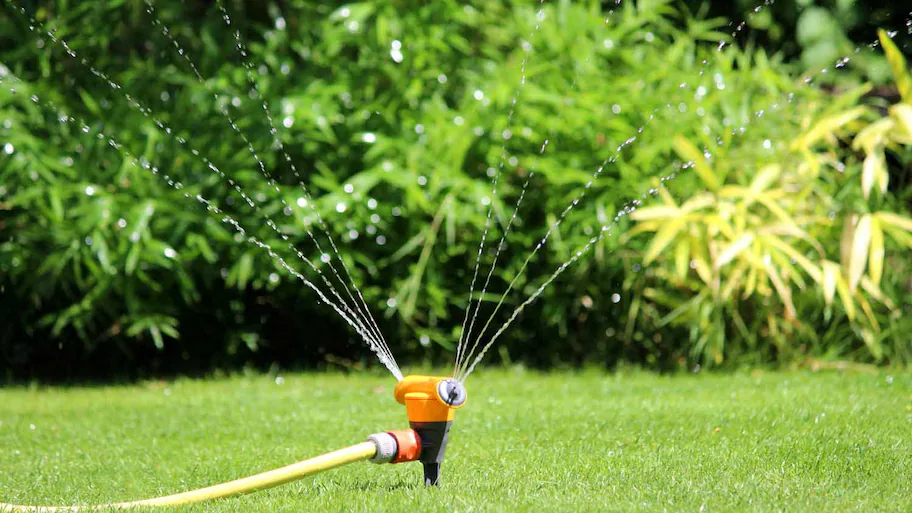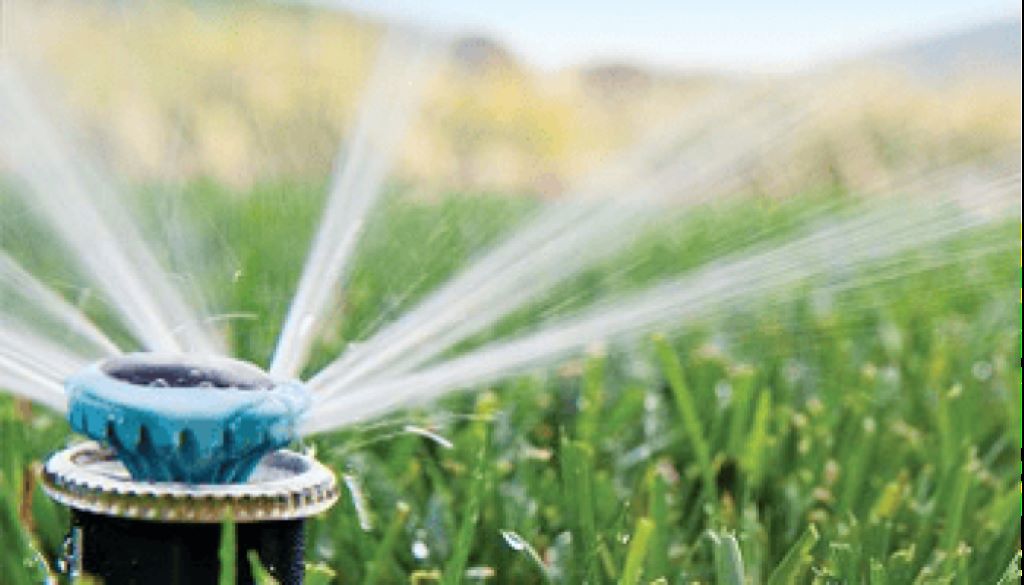Sprinkler systems are indispensable for maintaining lush, healthy lawns and gardens, especially during hot and dry weather. However, like any mechanical system, they are prone to occasional malfunctions. Among the most common culprits behind sprinkler system issues are faulty valves, with a sprinkler solenoid stuck open being a particularly frustrating problem. This comprehensive guide aims to shed light on the most frequent sprinkler valve problems, their causes, and potential solutions.
Understanding Sprinkler Valves: The Unsung Heroes of Irrigation
Before delving into the problems, it’s crucial to grasp the basics of sprinkler valves. These unassuming components play a pivotal role in regulating the flow of water from the main supply line to individual sprinkler heads. When activated, either manually or through an automatic timer, the valve opens to allow water to pass through. When deactivated, the valve closes to stop the flow. There are primarily two types of sprinkler valves:
- In-line Valves: These are typically installed directly in the mainline and control water flow to a specific zone or section of the sprinkler system.
- Anti-siphon Valves: These specialized valves prevent contaminated water from being drawn back into the main water supply due to backflow.
Common Sprinkler Valve Problems and Their Solutions
- Leaking Valves: This is perhaps the most prevalent issue with sprinkler valves. Leaks can occur at various points, such as the valve body, bonnet, diaphragm, or solenoid. Several factors can contribute to leaks, including worn-out seals, debris buildup, corrosion, or improper installation. A telltale sign of a leaking valve is water pooling around the valve box or a constantly wet area in the lawn.
- Solution: Addressing a leaking valve typically involves replacing the worn-out seals or gaskets. If the leak is caused by debris, cleaning the valve may suffice. In some cases, replacing the entire valve might be necessary.
- Stuck Valves: Sometimes, sprinkler valves can get stuck in either the open or closed position. This can lead to either overwatering or underwatering, both of which can be detrimental to the lawn or garden. Several factors can cause valves to stick, including mineral buildup, debris lodged in the valve, or a faulty solenoid.
- Solution: If the valve is stuck open, try manually turning off the water supply and then turning it back on. This might dislodge any debris that’s causing the valve to stick. If the valve is stuck closed, you may need to disassemble the valve and clean it thoroughly. In some cases, replacing the solenoid or the entire valve might be the only solution.
- Electrical Issues: Sprinkler valves are typically controlled by electrical signals from a timer or controller. If the wiring is faulty or the solenoid is damaged, the valve may not receive the signal to open or close, leading to irrigation problems.
- Solution: Troubleshooting electrical issues requires some basic electrical knowledge. You can start by checking the wiring connections and ensuring that the solenoid is receiving power. If the solenoid is damaged, it will need to be replaced.
- Pressure Problems: Both high and low water pressure can wreak havoc on sprinkler valves. High pressure can cause valves to leak or malfunction, while low pressure can prevent them from opening properly.
- Solution: Addressing pressure problems involves identifying the root cause of the pressure fluctuation. If high pressure is the culprit, you might need to install a pressure regulator. If low pressure is the issue, you might need to adjust the water supply or check for any blockages in the pipes.
- Age and Wear: Like any mechanical component, sprinkler valves have a finite lifespan. Over time, the seals, gaskets, and internal components can wear out, leading to leaks, malfunctions, or complete failure.
- Solution: If your sprinkler valves are old and showing signs of wear, it might be time to consider replacing them. Upgrading to newer, more efficient models can save water and prevent costly repairs in the long run, much like addressing a corroded tub drain before it leads to more significant plumbing issues.
Preventive Maintenance: The Key to Sprinkler Valve Longevity
The best way to avoid costly repairs and ensure the optimal performance of your sprinkler system is to implement a regular maintenance routine. This includes:
- Visual Inspection: Regularly check the valve boxes for any signs of leaks, damage, or debris buildup.
- Cleaning: Clean the valves and valve boxes periodically to remove any debris or mineral deposits that could hinder their operation.
- Testing: Test the valves manually to ensure that they are opening and closing properly.
- Winterization: If you live in a region with freezing temperatures, it’s crucial to winterize your sprinkler system to prevent damage to the valves and pipes.
By following these preventive maintenance tips, you can extend the lifespan of your sprinkler valves and ensure that your lawn and garden receive the right amount of water at the right time.
In conclusion, sprinkler valve problems are a common occurrence, but they can be easily diagnosed and resolved with some basic knowledge and troubleshooting skills. If you’re unsure about how to address a specific issue, it’s always best to consult with a professional irrigation specialist. By understanding the common causes and solutions of sprinkler valve problems, you can keep your sprinkler system running smoothly and maintain a beautiful, thriving landscape.




